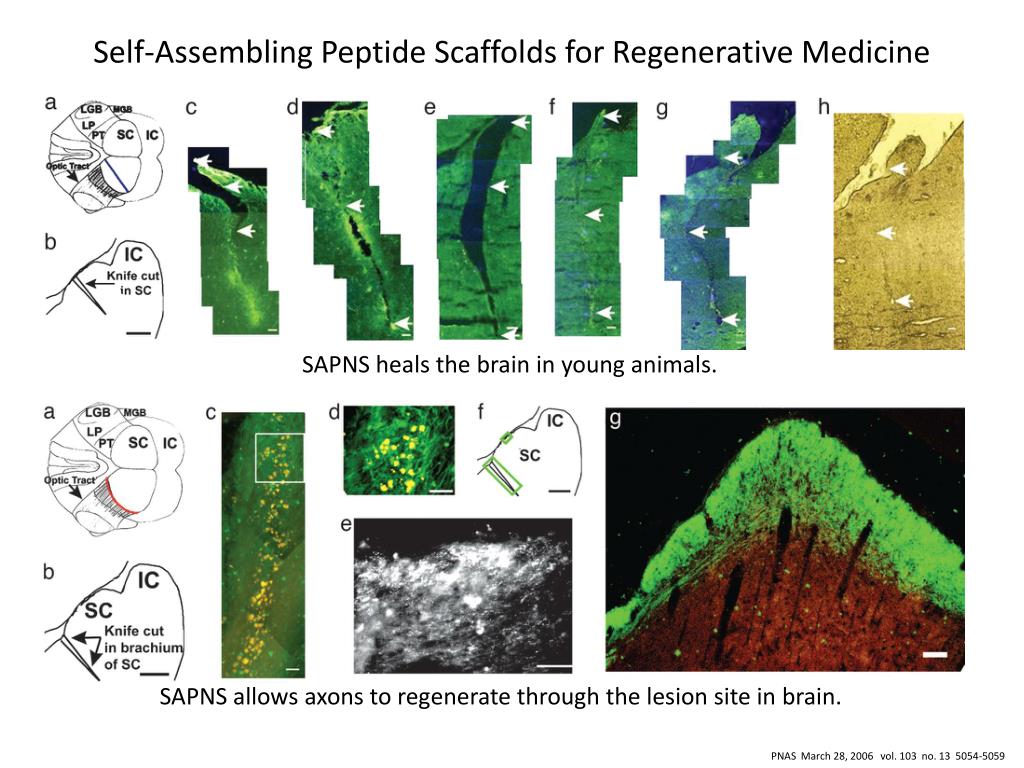


IL-12, also a heterodimeric cytokine secreted by the dendritic cell to promote development of Th1 cells, also features the p40 subunit but the latter is coupled to a p35 subunit instead 15. IL-23 adopts an atypical heterodimeric structure consisting of a p40 subunit encompassing three fibronectin-III-like domains, which is linked via a disulfide bond to an α-helical bundle subunit (p19) that topologically resembles long-chain helical cytokines 22, 23, 24. In addition, IL-23 deficiency was recently shown to protect mice from tumour formation underscoring the general role of IL-23 in suppressing natural or cytokine-induced innate immunity and in promoting tumour development and metastasis 19, 20, 21. IL-23 is produced by dendritic cells and macrophages and is required for the survival and expansion of pro-inflammatory Th17 cells, which by virtue of their production of IL-17 are associated with the pathogenesis of autoimmune inflammatory disorders, such as multiple sclerosis, rheumatoid arthritis, psoriasis and inflammatory bowel disease 15, 16, 17, 18. To explore the potential of the Alphabody platform in targeting biomedically relevant protein–protein interactions, we opted to target the pro-inflammatory cytokine interleukin (IL)-23, a well-established therapeutic target for the treatment of inflammatory diseases 15. The scaffold does not have a counterpart in nature and is composed of a single contiguous polypeptide chain designed to adopt a triple-helix coiled-coil fold 14. The Alphabody scaffold is a computationally designed protein scaffold of about 10 kDa molecular weight, which was developed to serve as a therapeutic agent 14. For instance, non-antibody molecular-binding platforms such as the DARPins 8 Monobodies 9, Anticalins 10, Affibodies 11, Affitins 12 and the Adnectins 13 have led to a large expansion of the structural repertoire of engineered protein scaffolds and have contributed significant added value in terms of their diverse physicochemical properties, pharmacokinetics and delivery to and through tissues of interest 6.

The inherent challenges associated with targeting protein–protein interfaces in a therapeutic setting 4 have stimulated considerable efforts towards designed protein interactions 5 and the development of engineered protein scaffolds that could serve as alternatives to antibodies in biomedical applications 6, 7. At the same time, the elucidation of the molecular and structural basis of protein–protein interactions has emerged as the cornerstone for understanding the extra- and intra-cellular context of signalling pathways and for the rational design of molecules with antagonistic or agonistic behaviour against molecular targets of biomedical importance 3. In the post-genomic era, the application and engineering of therapeutic antibodies to tackle cancer, as well as autoimmune and inflammatory disorders, has brought about a pronounced paradigm shift in the therapeutic targeting of protein–protein interactions 1, 2. Thus, Alphabodies are suitable for targeting protein–protein interfaces of therapeutic importance and can be tailored to interrogate desired design and binding-mode principles via efficient selection and affinity-maturation strategies. The crystal structure of human IL-23 in complex with an affinity-matured Alphabody reveals how the variable interhelical groove of the scaffold uniquely targets a large epitope on the p19 subunit of IL-23 to harness fully the hydrophobic and hydrogen-bonding potential of tryptophan and tyrosine residues contributed by p19 and the Alphabody, respectively. We report affinity-matured Alphabodies with favourable physicochemical properties that can specifically neutralize human interleukin (IL)-23, a pivotal therapeutic target in autoimmune inflammatory diseases such as psoriasis and multiple sclerosis. Here we describe the design and development of the Alphabody, a protein scaffold featuring a single-chain antiparallel triple-helix coiled-coil fold. Protein scaffolds can provide a promising alternative to antibodies for various biomedical and biotechnological applications, including therapeutics.


 0 kommentar(er)
0 kommentar(er)
